General
The simple sheet stay is most often used to connect ropes of different thicknesses. It can also be used to connect ropes with loops, for example, to attach a cord or rope to an eye cord of a military sheet .
The double sheet stay is used when the ropes are of extremely different thicknesses.
In both versions, the thicker rope takes the "passive" role, which means that the thicker rope should always be the one that is only kinked (always shown from above in the illustrations).
The rope section behind the knob must be at least 10x the rope diameter. The rope section can be secured with an overhand knot or a pretzel.
Simple sheet knot
The simple sheet knot is tied like a Samaritan knot, except that the thinner rope forms a loop (instead of being symmetrically returned as in the Samaritan). This significantly increases the strength compared to the Samaritan.
Double sheet stay
The double sheet stay is made like the single one, with the difference that the thinner rope is looped twice. In this way, the strength can be increased, especially with very thin and smooth ropes.
Video tutorial
Alternative
To connect two ropes of the same or similar thickness, the spar stitch is usually used.
Source reference
- Cover picture / Graphics: Provided by Jungschar Schinznach / Manuel Meier
Content may be automatically translated. Help improve the quality of the translation with your editing!

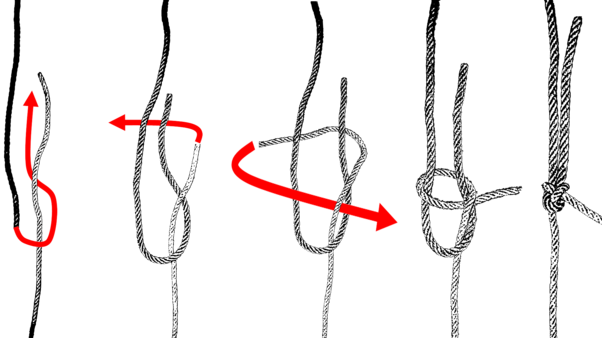
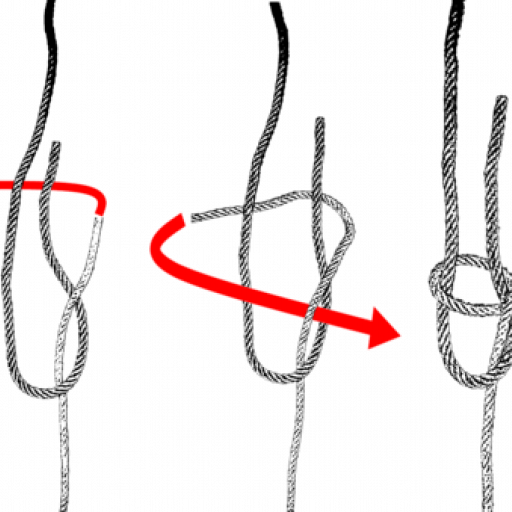
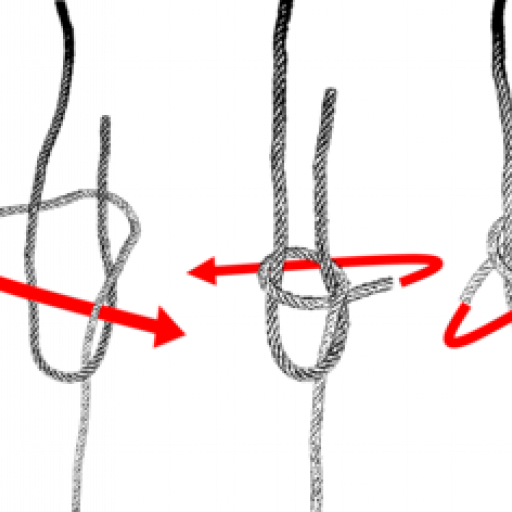
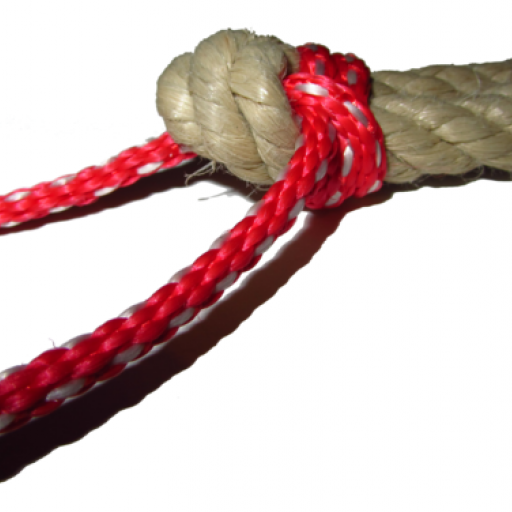
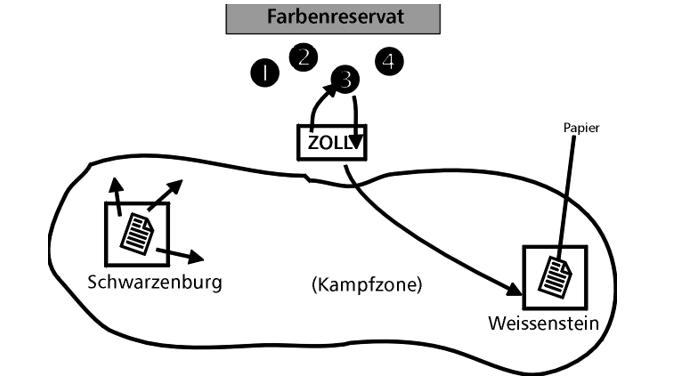
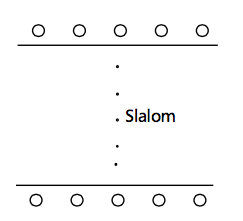
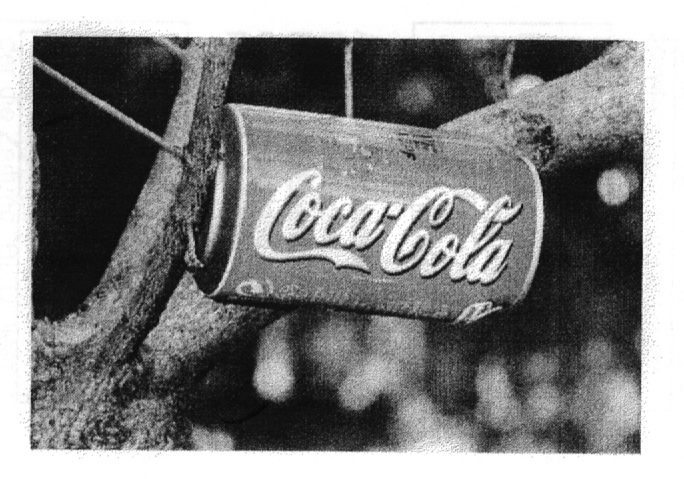
Comments
Achtung: In YouTube-Video falsch
Der Weberknoten (Schotstek) sei laut einem Hinweis von remarkableknots.com im YouTube-Video falsch dargestellt. In der Anleitung stimmt er ansonsten in diesem Kursartikel.